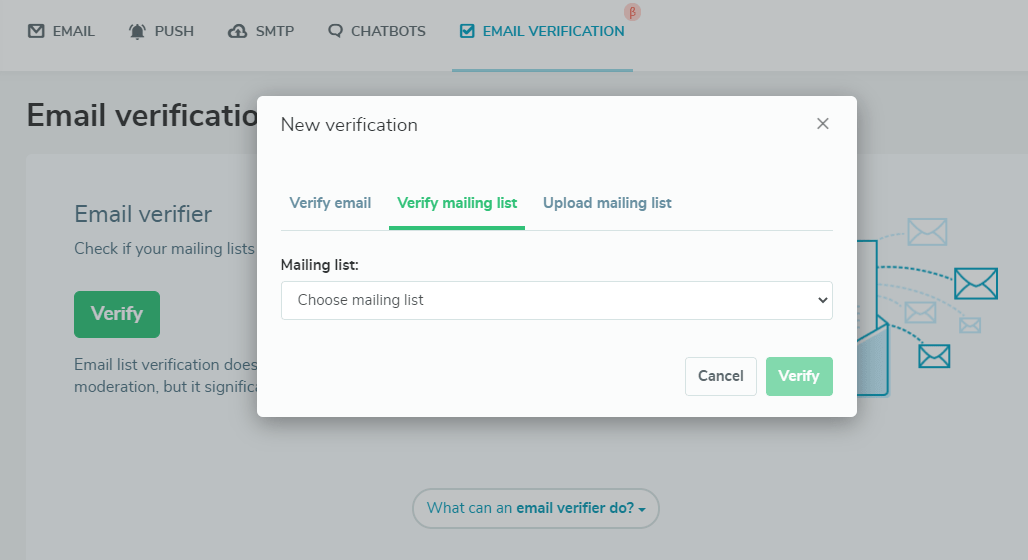A spam trap is an email address that is owned and used by Internet Service Providers, anti-spam organizations, and blacklist operators to detect and catch spammers. Spam traps don’t belong to a real person or may have been owned by someone at one time but are now abandoned.
Spam traps don’t send emails, have no opens, and don’t give permission to receive emails. Spam is a significant problem for a lot of internet users. According to Statista, spam accounted for 53.5% of the total email traffic in the world as of September 2018. A spam trap is designed to look for everything like a real email address so that it can attract spam and shut down its travel path by blocking the sender's IP address.
Why are spam traps dangerous for email marketers?
A spam trap is exclusively created to receive junk mail, and all messages that it receives are classified as spam. Therefore, if an email is sent to such an address, the sender reputation is negatively affected. The sender consequently gets higher bounce rates and reduced email deliverability. It may also lead to:
- Blacklist providers and ISPs can block the IP address.
- Email Service Providers can refuse to send one’s emails to protect their customers and business.
- Recipient’s ISP can ban one’s emails and blacklist the associated domain.
- Anti-spam organizations can share the sender domain with all the ISPs that they work with, which leads to blocking any email from the domain.
How does a spam trap work?
Spam traps are a form of protection system used by ISPs such as Google, Yahoo to safeguard their recipients. They keep email inboxes free from messages that users don’t want and are usually created to trick spammers. Spam traps are also hidden and almost undetectable. The most obvious place to find spam traps is in random email addresses’ lists from the internet.
Spam traps are monitored continuously by ISPs and blacklist providers. Any email sent to them is traced, and the sender is blacklisted. A marketer who doesn’t follow email sending best practices is at higher risk of adding spam traps to their mailing list.
Types of Spam Traps
Spam traps can be classified based on how they were created and the way they operate. There are two basic types of spam traps:
- Pristine spam traps. Also known as pure spam traps, these addresses are designed initially to be spam traps and were never a valid email address from the start. They are usually hidden within a public websites’ code. They don’t belong to a real person and can’t agree to receive emails. These spam traps help to catch marketers parsing emails on sites or buying contact lists.
- Recycled spam traps. These are addresses that were once valid and owned by real people — and may have even signed up on several websites — but are no longer in use and are invalidated. Their providers can repurpose them and monitor senders. Any sender who continues to send emails is categorized as a spammer.
How to Avoid Spam Trap Email Addresses
If there is one thing that email marketers should know before launching any campaign is how to keep off spam traps. Sending emails to recycled and pristine spam traps can gravely affect businesses’ reputation. Here are two ways to avoid email spam traps with SendPulse:
Set up double opt-in subscription forms
Use SendPulse to set up customized subscription forms with double opt-in function. When a visitor subscribes, an email with a link is sent to them to confirm their subscription. So, if the new subscriber doesn’t confirm their subscription, their address is not added to the mailing list.

Verify your mailing list
Email verification is a must if you haven't sent emails in a long time, collected addresses using single opt-in, or added them manually to your mailing list. Verify them with our tool to remove outdated and invalid addresses and increase your email deliverability. You can check up to 100 emails each month for free.

Clean up mailing lists regularly
Mailing list hygiene is essential since your base may contain the email addresses of clients who made a purchase three years ago and are no longer interested. To check your mailing list quality, send a reactivation email campaign to passive subscribers. If they don’t interact, remove them from the mailing list. This way, you will deal only with the engaged audience.
So, if you follow the best practices while sending email campaigns, your mailing list will be safe from spam traps.
Last Updated: 23.03.2023

or